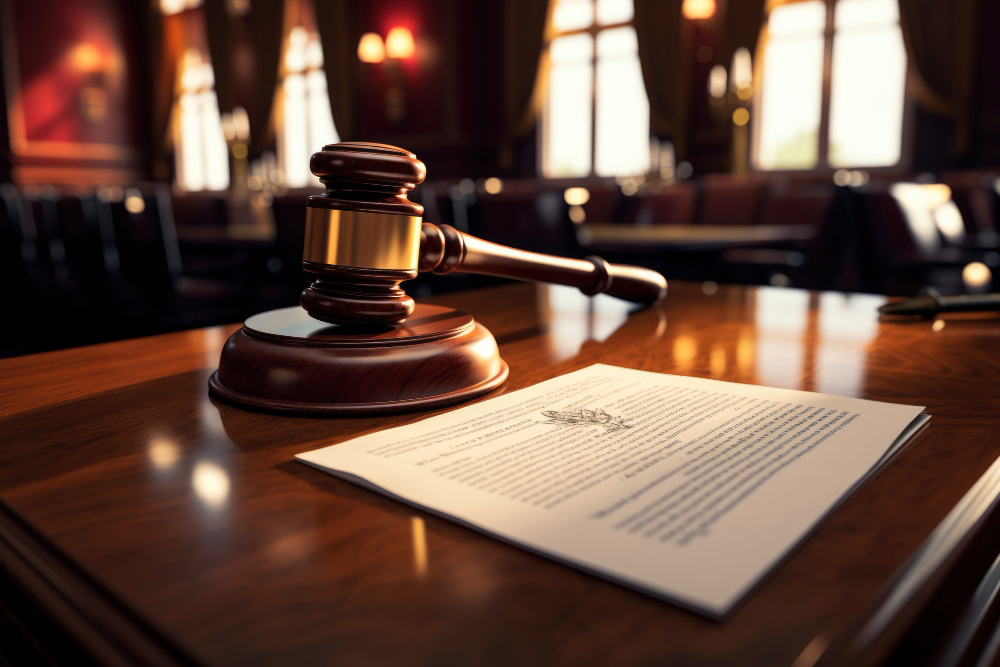Design Registration in Hyderabad: A Comprehensive Guide
Design registration in Hyderabad is a crucial legal process that protects a product's unique visual appearance. Like in many other parts of India, this process is governed by specific laws and regulations to safeguard intellectual property rights. Understanding the intricacies of design registration in Hyderabad is essential for designers, innovators, and businesses to protect their creative efforts and investments.
What is Design Registration?
Design registration refers to obtaining legal protection for a product's ornamental or aesthetic aspects. It covers elements such as shape, configuration, pattern, and ornamentation that give a product a distinctive appearance. In Hyderabad, design registration falls under the purview of the Designs Act 2000 and is administered by the Office of the Controller General of Patents, Designs, and Trademarks (CGPDTM).
Benefits of Design Registration
- Exclusive Rights: Registered design owners have the exclusive right to use, sell, or license their design.
- Legal Protection: It provides a legal remedy against others' unauthorized use or imitation of the design.
- Commercial Advantage: A registered design can enhance the commercial value of a product, making it more attractive to consumers and investors.
- Asset Value: It can be leveraged as an intellectual property asset, potentially leading to additional revenue streams through licensing or sale.
Process of Design Registration in Hyderabad
- Filing Application: The first step involves preparing and filing an application with the CGPDTM. The application should include representations of the design and other required documents.
- Examination: After filing, the application undergoes a formal exam to check for compliance with procedural requirements. If any deficiencies are found, the applicant may be allowed to rectify them.
- Publication: Once the application passes the examination stage, the design is published in the Designs Journal, opening it to public inspection.
- Opposition: During the publication period, third parties may oppose the registration if they believe it infringes upon their rights or argue the design lacks novelty or originality.
- Registration: If there are no oppositions or any oppositions are resolved in favor of the applicant, the design is registered, and a certificate of registration is issued.
Requirements for Design Registration
- Novelty: The design must be new and not previously disclosed to the public.
- Originality: It should be something other than commonplace or an obvious modification of existing designs.
- Industrial Applicability: The design should be capable of being mass-produced through industrial means.
Duration and Renewal
In India, a registered design is initially valid for ten years from the registration date and renewable for another five years. Keeping track of renewal dates is essential to maintain protection over the design.
Conclusion
Design registration in Hyderabad allows creators and businesses to protect their innovative designs from unauthorized use. By understanding the process and requirements outlined by the Designs Act 2000, individuals and entities can secure their intellectual property rights, gain a competitive edge in the market, and capitalize on their creative endeavors. Seeking professional guidance from intellectual property experts can further streamline the registration process and ensure comprehensive protection for valuable designs.





Comments